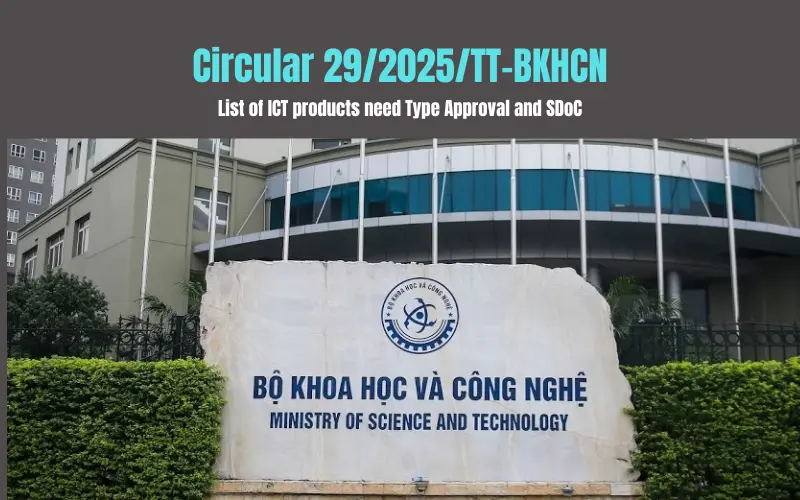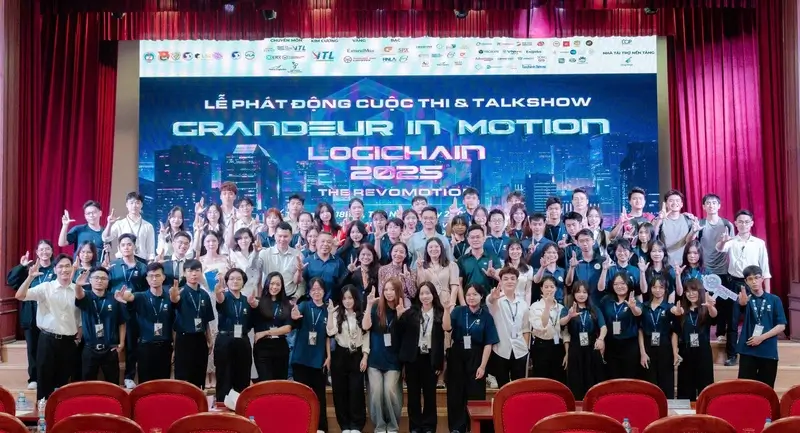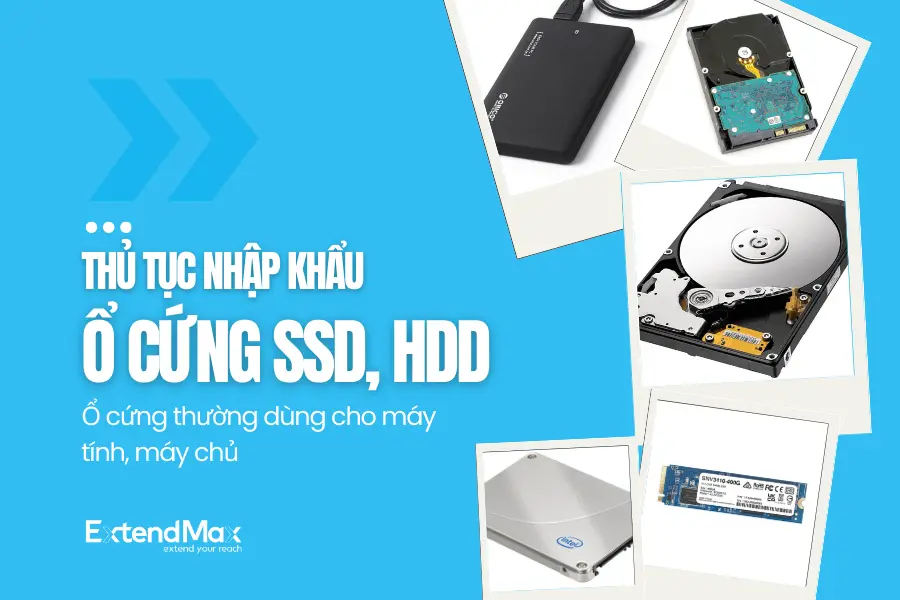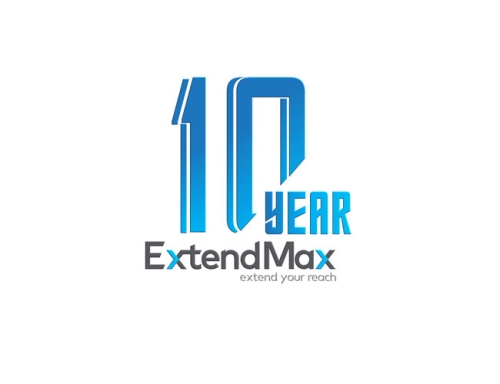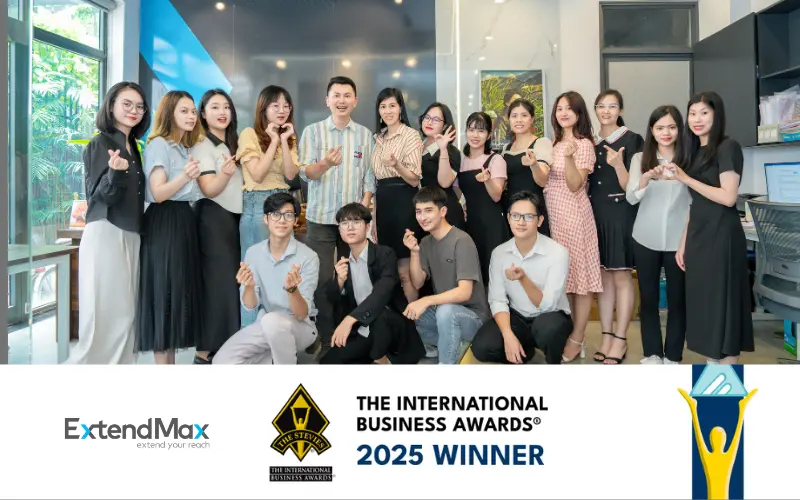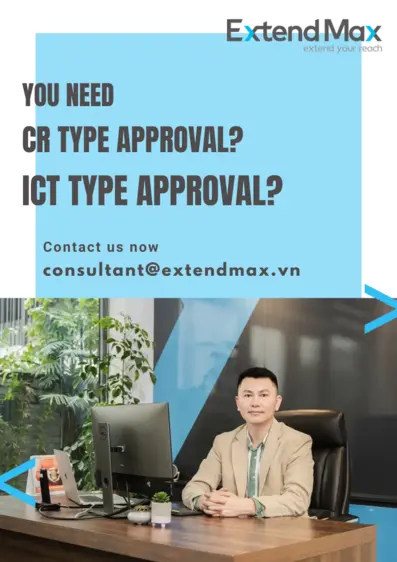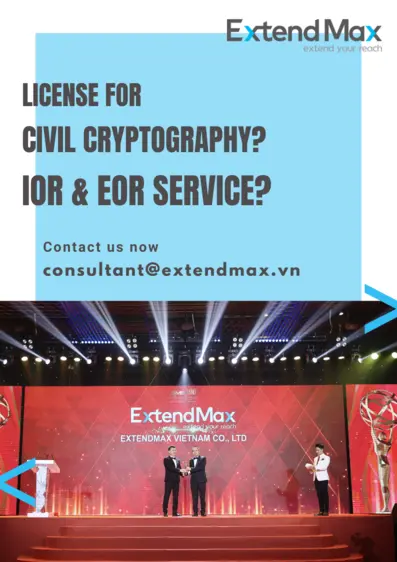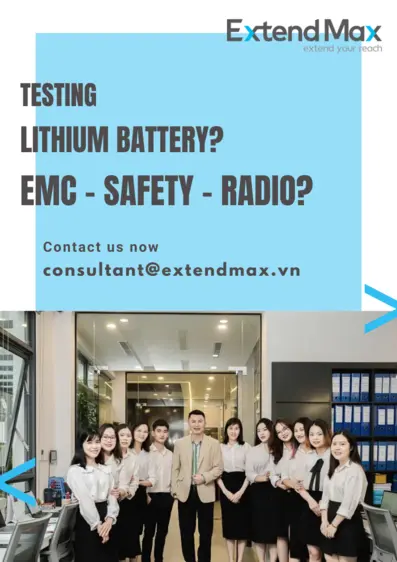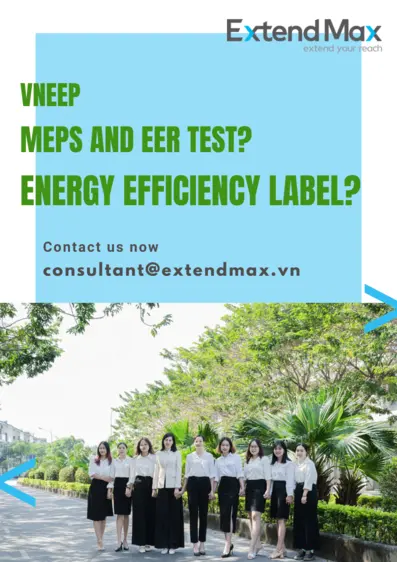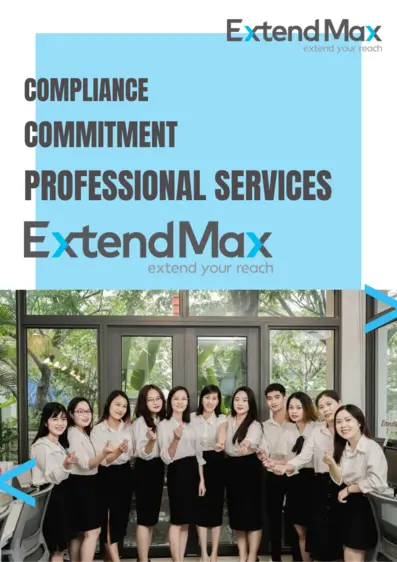EXTENDMAX – Product Quality inspection is a crucial step in the import procedure for goods subject to specialized inspection. Understanding the procedures and processes for quality inspection of imported goods allows you to proactively calculate the time and cost of import, assess profitability, and make accurate business decisions. In this article, ExtendMax will provide you with an overview of the quality inspection process for imported goods, a list of goods requiring state quality inspection, and the applicable legal bases that a customs and logistics expert needs to be aware of.
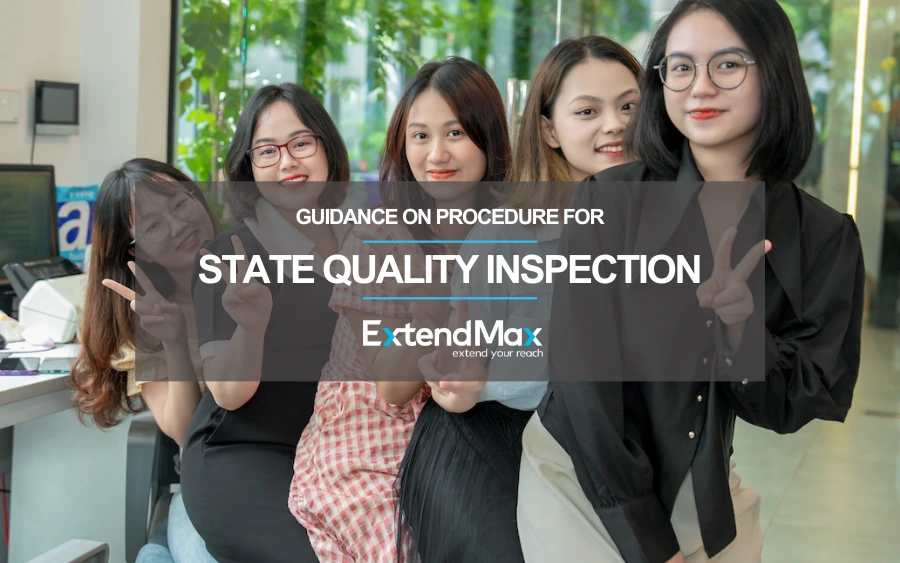
What is Product Quality Inspection?
Product Quality inspection is the process of evaluating, measuring, and examining the attributes and characteristics of a product, good, or service to determine whether they meet the established standards and requirements. The primary purpose of quality inspection is to ensure that the product, good, or service meets or exceeds the standards for quality, safety, and performance before being put to use or released to the market.
In logistics terminology, quality inspection refers to the process of assessing the quality of imported products or goods, comparing them with the requirements of national technical standards and regulations. Quality inspection is also referred to as specialized inspection or state quality inspection.
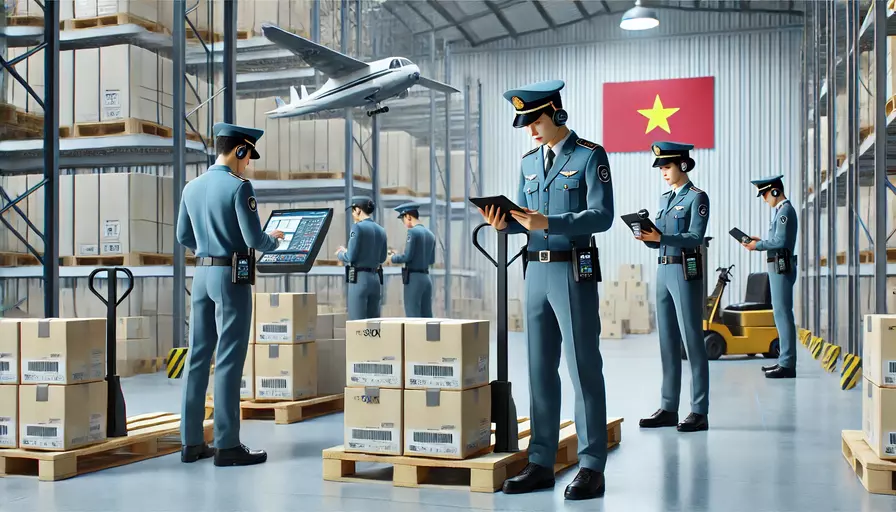
Quality Inspection of Imported Goods
Why is Quality Inspection Necessary?
Quality inspection plays a vital role in ensuring that products meet the necessary standards, avoiding legal risks for businesses, and protecting consumers' rights. In specific industries, quality inspection provides various benefits.
Quality Inspection in Manufacturing
In manufacturing, quality inspection is a part of Quality Control procdures. It helps:
-
Ensuring Product Quality: Quality inspection is essential to ensure that products released to the market meet mandatory quality standards. This process not only protects consumers from substandard or potentially hazardous products but also minimizes legal liabilities for businesses in case of complaints or disputes over quality.
-
Preventing Property Damage and Legal Risks: Through the quality inspection process, businesses can detect products that do not meet quality requirements early on, preventing the release of unsafe items or products that could cause property damage for customers. This is crucial for maintaining reputation and minimizing legal risks associated with non-compliant products.
-
Enhancing Manufacturer Reputation: Maintaining high-quality inspection standards ensures that products meet stringent requirements, thereby increasing customer trust in the brand. This not only enhances the company’s reputation but also strengthens long-term relationships with customers, contributing to a sustainable competitive advantage.
-
Reducing Production Costs: By identifying and removing non-compliant products early in the process, quality inspection helps significantly reduce additional costs such as storage, transportation, and returns. As a result, quality inspection boosts production efficiency and optimizes costs for the business.
-
Improving Production Processes: Through quality inspection, businesses gain a comprehensive view of their production processes. This allows for the timely identification and correction of potential issues and defects, thereby optimizing operations and sustainably improving product quality.
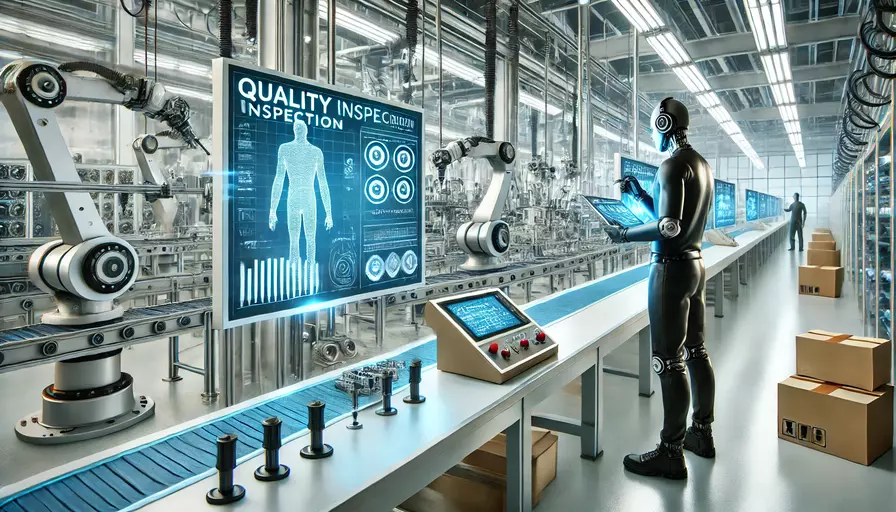
Quality Inspection in Manufacturing
State Quality Inspection in Import and Export
-
Ensuring Consumer and Environmental Safety: State quality inspection ensures that imported products in Vietnam are free from harmful substances, pose no risk to consumers during use, and have no negative impact on the environment. This is crucial for protecting public health and preserving the environment.
-
Protecting Domestic Businesses and Consumer Rights: Quality inspection prevents substandard foreign products from entering the domestic market, safeguarding local businesses from unfair competition posed by non-compliant imports. Additionally, the inspection of imported goods helps protect consumer rights, ensuring that products on the market meet quality, durability, and reliability standards.
-
Complying with International Commitments: Vietnam is a member of numerous free trade agreements (FTAs) and international organizations concerning product quality standards. State quality inspection helps Vietnam adhere to international regulations, maintain trade credibility, and facilitate import-export activities.
-
Supporting Businesses in Enhancing Export Product Quality: Quality inspection for exported goods ensures that Vietnamese products meet international standards before leaving the country. This not only boosts competitiveness but also promotes a positive image for Vietnamese products in the global market.
-
Improving Product Quality and Fostering Sustainable Economic Growth: Quality inspection encourages both domestic and foreign businesses to elevate quality standards, thereby enhancing business efficiency and contributing to sustainable economic development.
Product Quality Inspection Criteria
Safety Inspection
Safety is a top priority in quality inspection to ensure user safety and minimize risks during product use. General safety quality criteria include:
-
Electrical Safety: For electrical devices, it’s essential to ensure products have protection systems against electrical leakage, overload, or short circuits to prevent electric shocks. Standard QCVN 4:2009/BKHCN is commonly applied to household electrical appliances that come into direct contact with the body during use or operation.
-
Fire and Explosion Protection: For products with a high risk of fire or explosion (such as electronic devices, batteries, or chemicals), inspections must verify that the product has fire and explosion protection features and uses heat-resistant materials. TCVN 7079 is a commonly applied standard for explosion-proof equipment used in environments like mines, drilling rigs, and liquefied gas plants.
-
Chemical Safety: This involves checking the chemical composition of the product to ensure it contains no harmful substances, heavy metals, or compounds detrimental to health. For example, food packaging and cosmetics should be tested to ensure they do not contain substances that could harm human health, following the Ministry of Health standards. Textile materials should be inspected according to QCVN 01:2017/BCT to confirm they are free from formaldehyde or harmful chemicals derived from dyes.
-
Food Safety: For imported food products and food additives, quality inspection following food safety standards and regulations is crucial. Imported foods and food additives are inspected according to Ministry of Health standards, focusing on biochemical indicators. This includes testing for heavy metal content, harmful bacteria levels, mold spores, and nutritional quality indicators.
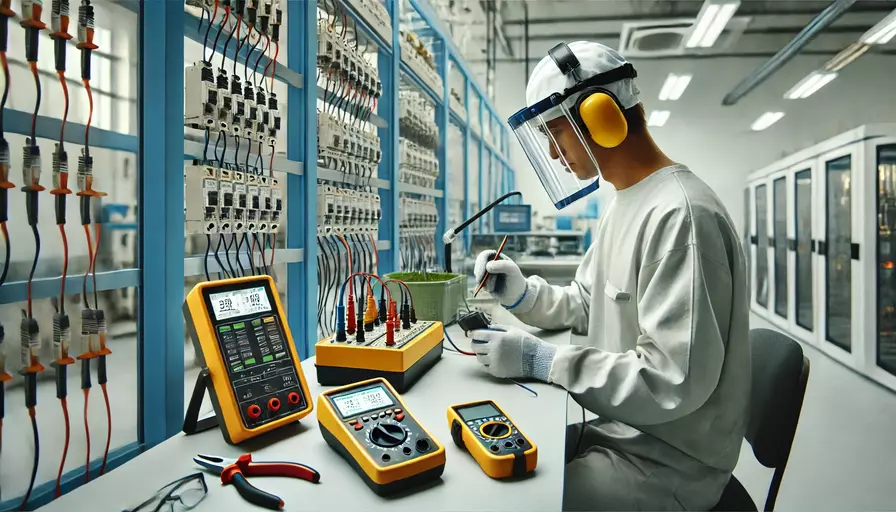
Electrical Safety Quality Inspection
Electromagnetic Compatibility (EMC)
Electromagnetic compatibility (EMC) is a critical criterion for electronic and information technology devices. EMC ensures that the product does not emit electromagnetic interference (EMI) that could affect other devices and is also resistant to electromagnetic interference from external sources (EMS). This protects both the device and the user from potential hazards.
-
Non-Interference with Other Devices (EMI): The device must be tested to ensure it does not emit electromagnetic frequencies that interfere with the operation of nearby electronic devices, such as radio waves or data transmission signals. Household products with high inrush currents and frequent switching, such as refrigerators, vacuum cleaners, air conditioners, and radio transceivers, often require EMI quality testing. Standards for EMI include QCVN 9:2012/BKCN, TCVN 7189, and CISPR 32, among others.
-
Resistance to External Interference (EMS): The device should operate stably in the presence of interference from surrounding devices, such as mobile devices, Wi-Fi signals, or other high-frequency equipment. This criterion is especially important for IT equipment used in environments with high levels of interference.
>>> Read more: Quality inspection for wireless and IT products
Durability and Reliability
The durability and reliability of a product are crucial factors that determine long-term usability and customer satisfaction. To meet these standards, a product must:
-
Ensure Durability and Longevity: Durability is measured by the product's ability to withstand regular and extreme conditions (such as temperature, humidity, impact, etc.). For instance, electronic products may undergo tests for battery lifespan, outer casing durability, and impact resistance. Durability and longevity tests are often part of comprehensive quality standards or are established as individual standards. Examples of such standards include QCVN 132:2022/BTTTT, TCVN 7896:2015, TCVN 8249:2013, and QCVN 19:2019/BKHCN, which include requirements for durability and longevity.
-
Operational Reliability: The product must operate stably over an extended period or during unexpected overload situations without technical faults or failures. This is particularly essential for industrial or medical devices, where malfunctions can lead to significant damage or danger. Testing for reliability under extreme conditions in technical standards and regulations exemplifies reliability testing.
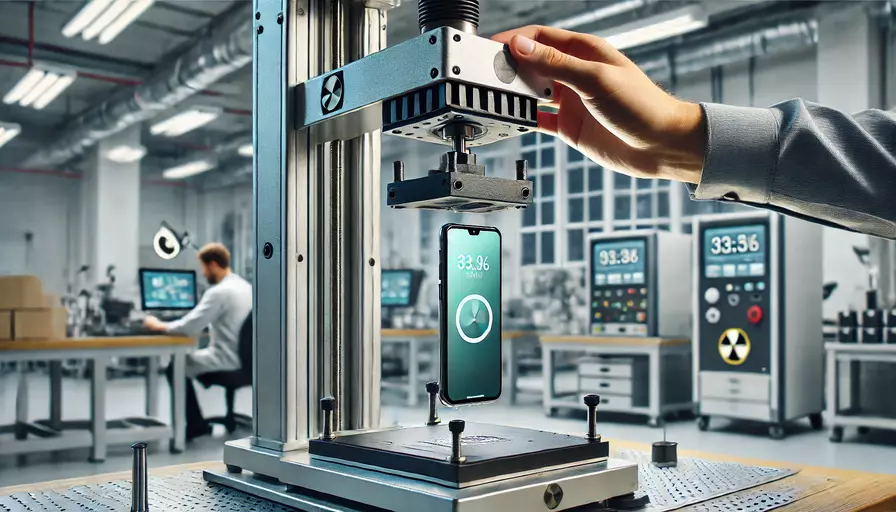
Durability and Reliability inspection
Energy Efficiency
Energy efficiency is an increasingly important criterion, especially for electronic products and household appliances. Energy-efficient products not only help users reduce electricity costs but also protect the environment. Imported goods must demonstrate optimal energy performance, minimizing electricity consumption while maintaining effective operation. For certain products, such as refrigerators, air conditioners, and lighting, compliance with energy efficiency standards set by Vietnam's Ministry of Industry and Trade, such as TCVN 7896:2015, TCVN 8249:2013, and TCVN 11848:2021, is mandatory.
>>> Read more: VNEEP Energy Efficiency labeling
Environmental Protection
In the context of increasing environmental pollution and climate change, meeting environmental standards has become increasingly crucial. Environmental protection inspection criteria include regulations prohibiting the import of outdated equipment and obsolete technology, limits on the content of heavy metals and harmful chemicals in products, and restrictions on the import of certain pesticides harmful to the environment.
Details of some key areas include:
>>> Read more: Why Restrict the Import of Used ICT Products?
>>> Read more: Conformity Certification for Hazardous Chemical Content
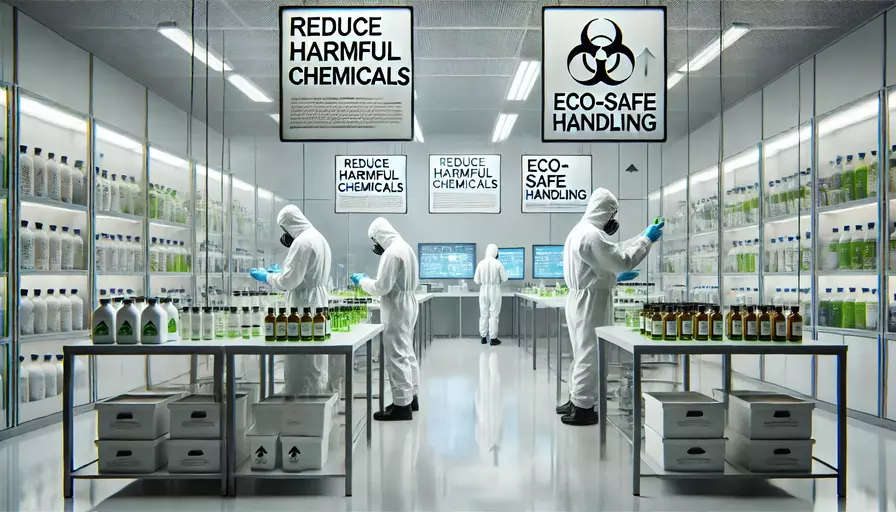
Quality Inspection of Heavy Metals and Chemical Content for Environmental Protection
List of Goods Subject to Quality Inspection
The list of goods subject to quality inspection includes products with potential safety risks (also known as group 2 goods), issued by relevant Ministries through official documents along with their HS codes and product descriptions. The general rule for applying this list is that products are only subject to specialized inspection if both the description and HS code match those specified in the list. Below are the categories of products subject to state quality inspection:
| Stt | List of Products need Quality Inspection | Regulation No. |
| 1 | List of Products need Quality Inspection of the Vietnam MOST | |
| 2 | List of Products need Quality Inspection of theVietnam MIC | Circular No. 02/2024/TT-BTTTT |
| 3 | List of Products need Quality Inspection of theVietnam MOIT | Decision No. 1182/QĐ-BCT |
| 4 | List of Products need Quality Inspection of the Vietnam MOT | Circular No.12/2022/TT-BGTVT |
| 5 | List of Products need Quality Inspection of the MOLISA | Circular No. 01/2021/TT-BLĐTBXH |
| 6 | List of Products need Quality Inspection of the MPS | Circular No. 08/2019/TT-BCA |
| 7 | List of Products need Quality Inspection of the MARD | Circular No. 16/2021/TT-BNNPTNT |
Quality Inspection Process for Imported Goods
Step 1: Determine Applicable Standards and Technical Regulations
You can identify the mandatory standards and technical regulations applicable to the product based on its HS code, technical specifications, and product description, by referencing the list of goods subject to quality inspection. When identifying the applicable standards and regulations, note any exceptions to quality inspection requirements specified in the regulatory documents, as well as the scope of application for each national standard and technical regulation. For certain products, such as IT goods, identifying the correct technical standards can be complex and requires high technical expertise. In such cases, you can contact ExtendMax for assistance.
Step 2: Product Quality Inspection Registration (PQIR) with Authority
Once the applicable standards and technical regulations have been determined, the company proceeds with quality inspection registration through the National Single Window portal. In some cases, you may still need to submit physical documents if the National Single Window portal is temporarily down or if the state management authority’s portal is not yet integrated with the National Single Window system.
The Telecommunications Department still uses a different public service portal. See more instructions for online registering for product quality control of the Telecommunications Department
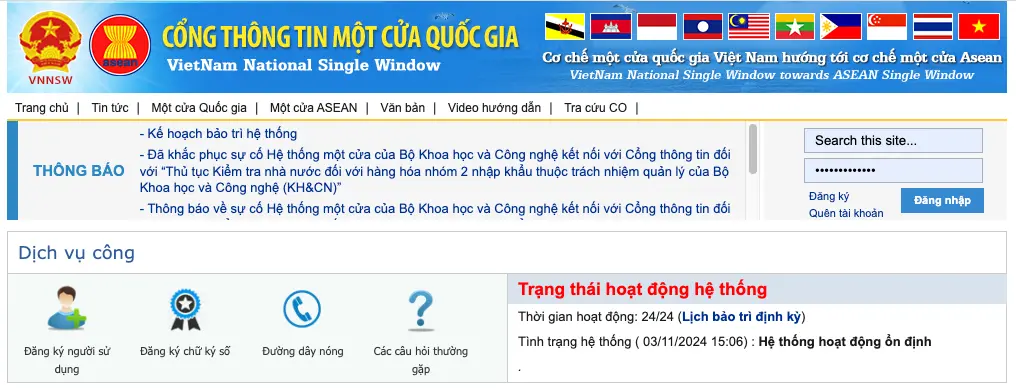
Registering for Quality Inspection on the National Public Service Portal
Step 3: Submit the Customs Declaration with PQIR for Clearance
To clear the product, the business opens a customs declaration and submits it along with the quality inspection registration number or quality inspection registration document (already confirmed by the state inspection authority). Subsequent procedures are carried out as with regular goods. ExtendMax’s advice: be aware that if the customs declaration is submitted before registering for quality inspection, the importer may be subject to administrative penalties as per regulations.
Step 4: Product Testing According to Standards and Technical Regulations
The importer proceeds with product sampling according to the applicable conformity certification method and conducts testing at laboratories recognized, designated, or accredited by the relevant managing Ministry. The list of qualified laboratories is usually published on the official website of the relevant Ministry.
Step 5: Conformity Certification for Imported Products
Once the test results are available, the importer submits these results to the conformity certification organization. The organization will assess compliance and issue a Certificate of Conformity if the product meets the applicable standards and regulations.
>>>> Read more: Guidelines for Conformity Certification Procedures
Step 6: Declaration of Conformity for Imported Products
After obtaining the Certificate of Conformity, the business must proceed with the conformity declaration by submitting the certificate through the National Single Window portal to the relevant state management authority. In certain special cases, such as the 2024 conformity declaration for radio and ICT equipment, the business may still need to submit physical documents.
>>> Read more: Guidelines for Conformity Declaration Procedures
For domestically produced goods, businesses are not required to complete the registration for quality inspection or customs clearance steps. The manufacturer directly carries out the quality inspection process starting from Step 3.
State Quality Inspection Costs
State quality inspection costs cover the entire process, including testing, conformity certification, and conformity declaration. These costs vary depending on the product type, technical specifications, and the applicable standards and regulations. Here are some estimated costs for quality inspection of various product categories:
- Household Electrical Goods: 5,000,000 VND ~ 20,000,000 VND
- Radio and IT Equipment: 5,000,000 VND ~ 1,500,000,000 VND
- Food Products: 5,000,000 VND ~ 20,000,000,000 VND
FAQ about Product Quality Inspection
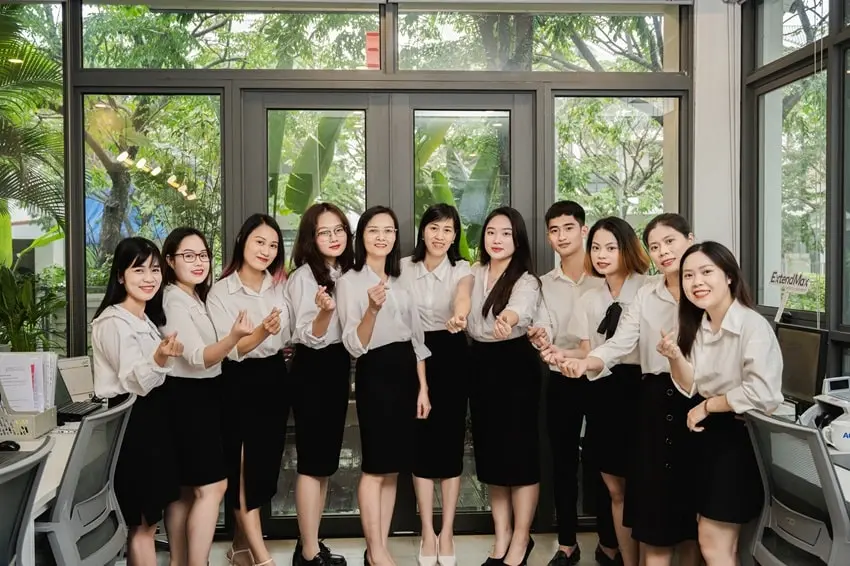
ExtendMax is the #1 trusted company for quality inspection procedures
You asked: I've already registered for quality inspection, and the goods have been cleared. Why do I still need to conduct testing and obtain a conformity certificate?
ExtendMax answers: The state quality inspection procedure includes testing, conformity certification, and conformity declaration. Registering for state quality inspection is just the initial step. If you do not complete the conformity certification and declaration within the prescribed time, the regulatory authority may issue a reminder notice or place your company on a pre-clearance inspection list for future imports.
You asked: How much does state quality inspection cost?
ExtendMax answers: The cost of state quality inspection varies depending on the type of product, its technical specifications, and the applicable standards and regulations. There is no fixed rate. If you need a cost estimate for quality inspection of electronics and IT products, please contact ExtendMax for a quote.
You asked: How long does it take to complete state quality inspection?
ExtendMax answers: According to Decree 74/2018/ND-CP, importers must complete the state quality inspection process within 15 working days from the date of customs clearance.
You asked: I registered for quality inspection, conducted testing, and submitted my conformity certification application, but the product failed to meet standards. What should I do now?
ExtendMax answers: If the product does not meet the required standards or quality regulations, you will need to arrange for the goods to be re-exported or destroyed. You must then submit the re-export declaration or evidence of destruction to the regulatory authority to close the quality inspection registration file. There are no other alternatives.



